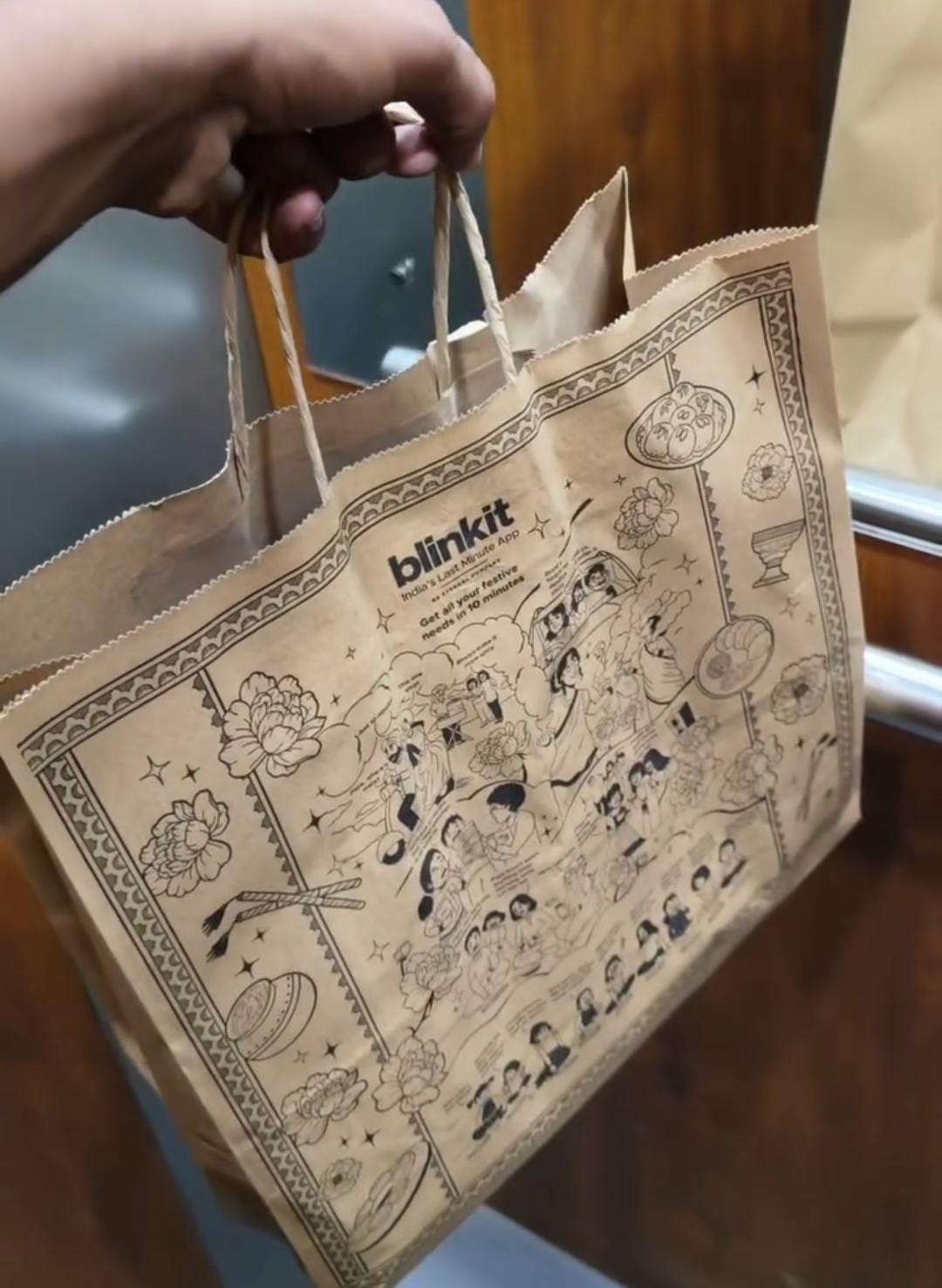Of all the temple food in Tamil Nadu, there's one sweet preparation that occupies a very special place among devotees and foodies alike. Located almost equidistant from Madurai and Coimbatore in Southern Tamil Nadu is one of the state's most visited and hallowed shrines. Steeped in legends, the Arulmigu Dandayudhapani Swami Temple in Palani is one of the six abodes (known as aarupadai veedugal in Tamil) of Lord Muruga (Lord Karthik). The temple's idol is believed to have been created and consecrated by sage Bogar out of an amalgam of nine poisonous herbs or Navapashanam that comes together to create an eternal medicine. According to temple legends, milk or the temple's prasadam (Prasad) that is applied on the idol gains medicinal properties.
In 2019, Tamil Nadu's most famous temple food or prasadam became only the second temple food after the Tirupati Laddu to secure a GI (Geographical Indication) tag. This sweet preparation tastes quite divine too. Traditionally pachamrita or five amrits is a mixture of five foods - honey, jaggery, cow milk, curd and ghee used in Hindu and Jain worship. After pachamrita is used in Puja and rituals it is distributed as prasad.
The Palani Panchamirtham combines five key ingredients - ripened bananas, dates, palm sugar, sugar candy(kalkandu in Tamil) and honey. It's quite different and a lot sweeter than the traditional pachmamrita. The key ingredients in the mix are the unique kandasari sugar and the prized local bananas. The Virupakshi banana is also commonly referred to as Malai vazhaipazham (translates to hill banana). These bananas grow in the Palani hills region (in Dindigul district) and are known for their dark green colour and black spots. This sweet banana with its unique flavour profile has also secured a GI Tag and is grown as a shade tree for the coffee plantations in the Palani hills. Aside from the five key in ingredients, the Palani Panchamirtham also features ghee, raisin, cardamom and edible camphor.
One of the temple's popular traditions is Sakkara kavadi during the auspicious Pankuni Uthram. Devotees from across Tamil Nadu undertake a pada yatra to the temple carrying a beautifully decorated Sakkara Kavadi- can sugar stored in small earthen pots as an offering to Lord Muruga. These offerings are collected by the Pandaram community- archagas of Palani temple and is used for the panchamirtham. This might be well one of the oldest versions of a fruit jam. Most locals will tell you that the older the better. This fruit mixture can be stored without refrigeration.
Many devotees drop by at the temple's massive kitchen to watch the preparation of this fruit mixture. It is offered as prasadam to devotees and is also available for sale. The temple makes hundreds of kgs of this mixture each day that are available in and around the temple. Quite a few sweet shops have their own version but the GI certification is clear that only Panchamirtham made within the latitude of 10.44 and longitude of 77.52 (Palani town in Dindigul district) is recognised as Palani Panchamirtham. You can try making this divine sweet mixture at home. It works best with the famous Virupakshi banana:
Recipe for Panchamirtham
(Makes one bowl)
Ingredients
1 large (or 2 small) fully ripened banana (Virupakshi or hill plantain is best)
4 dates deseeded & chopped
1 tablespoon raisin
2 tablespoon palm sugar/kandasari sugar.
1 tablespoon honey
1 cardamom crushed
1/2 tbsp sugar candy (kalkandu)
1 teaspoon ghee
A pinch of edible camphor
Instructions
- Add all the ingredients mentioned in a bowl one by one, except the sugar candy
- Mash everything with your hands or using a masher. Avoid mashing into a smooth mixture, let few fruits to retain its shape.
- Finally, add the sugar candy and mix well.
Store the Panchamirtham in an airtight container or tin. It can be preserved for a month even without refrigeration.
About Ashwin RajagopalanI am the proverbial slashie - a content architect, writer, speaker and cultural intelligence coach. School lunch boxes are usually the beginning of our culinary discoveries.That curiosity hasn’t waned. It’s only got stronger as I’ve explored culinary cultures, street food and fine dining restaurants across the world. I’ve discovered cultures and destinations through culinary motifs. I am equally passionate about writing on consumer tech and travel.










